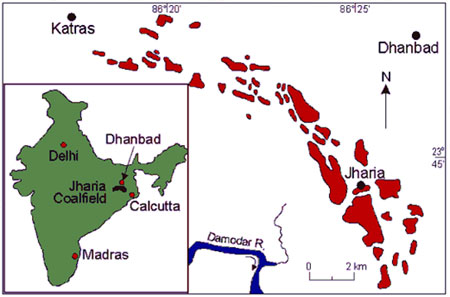900 319 0030
enquiry@shankarias.in
Why in news?
What has been the problem in Jharia over the years?

What is the extent of the problem?
What is being done now?
What is the issue in diverting?
Source: The Indian Express